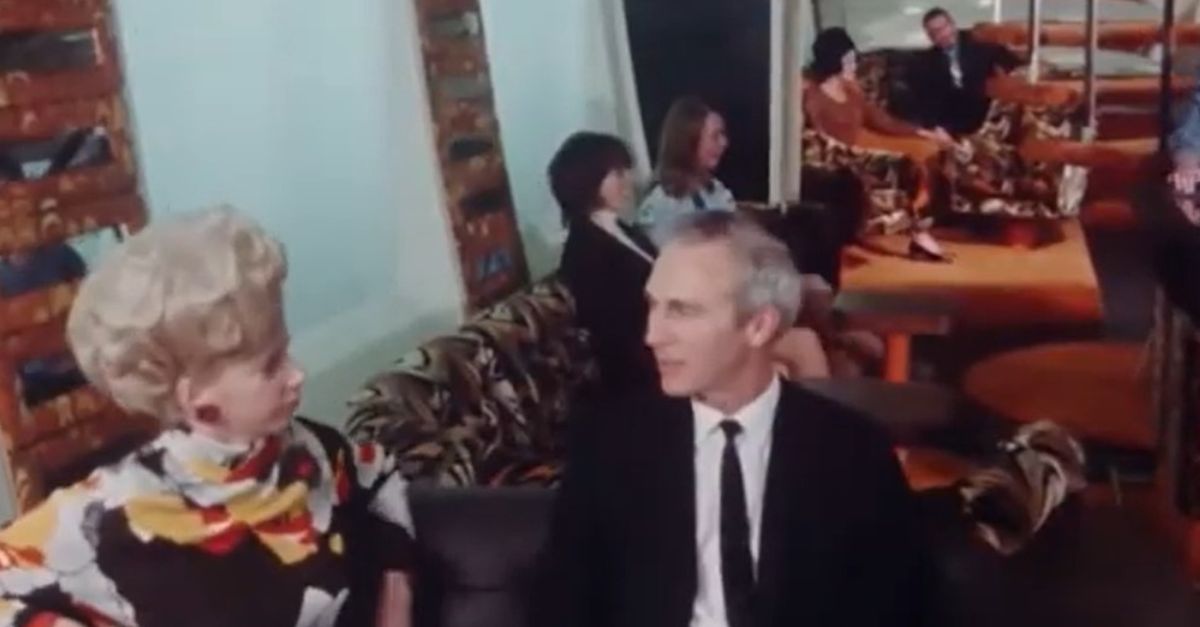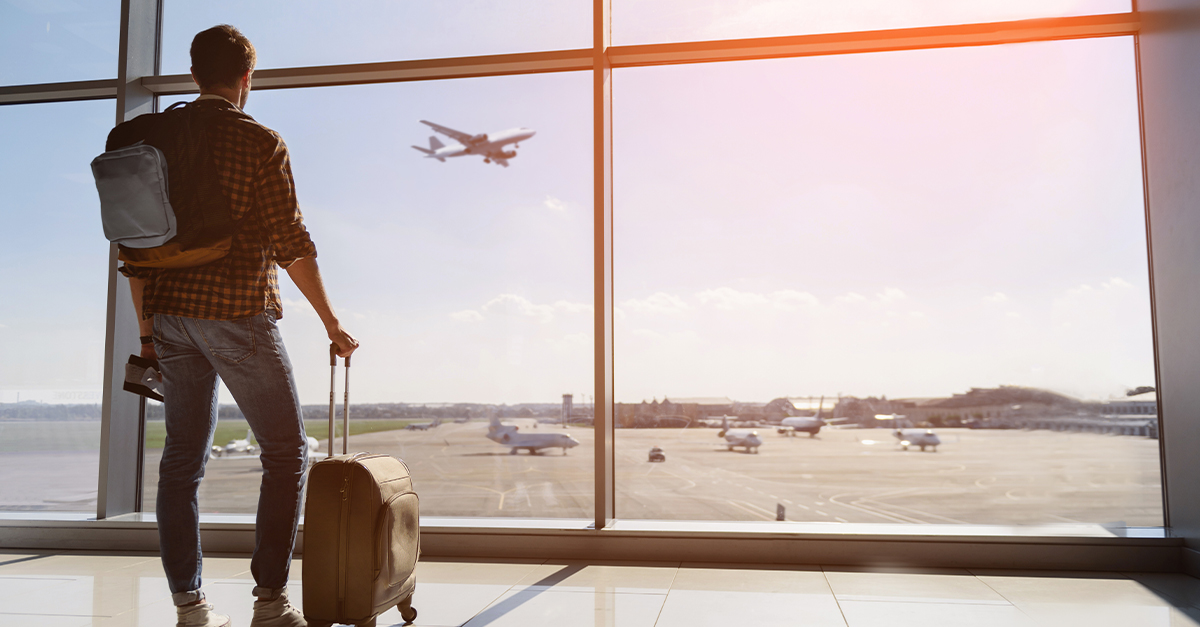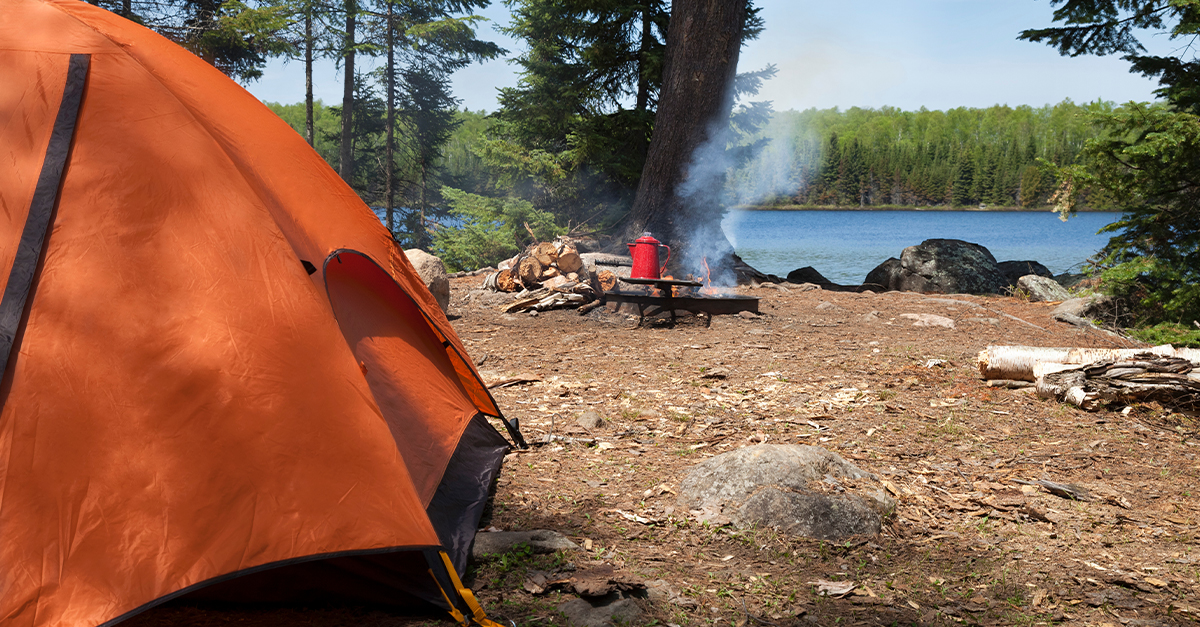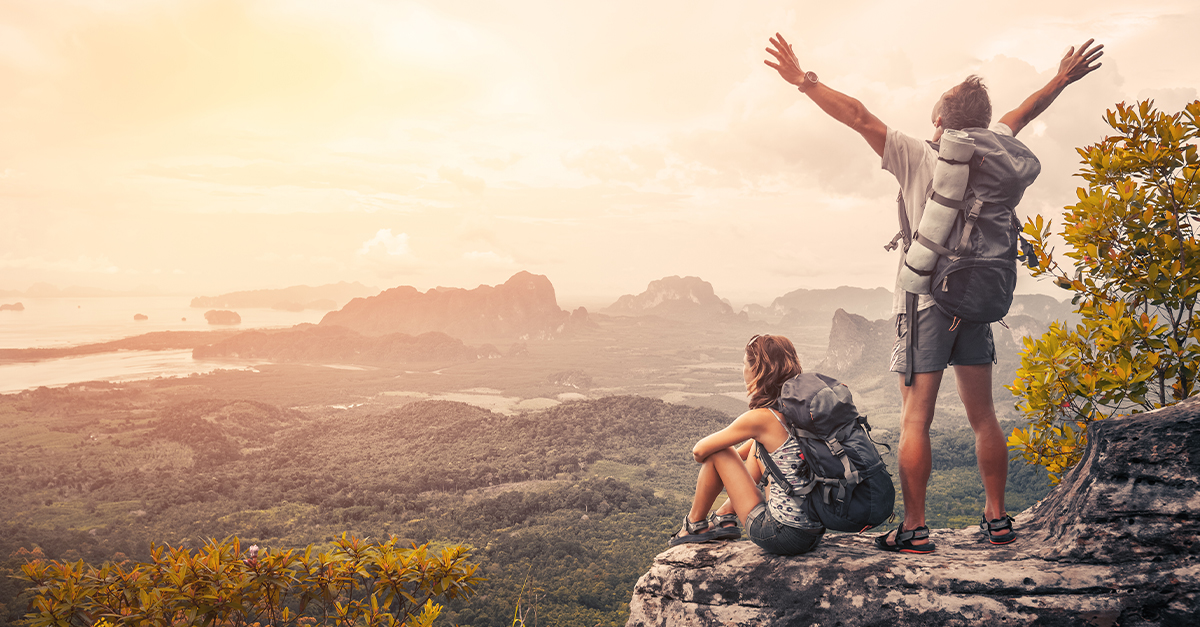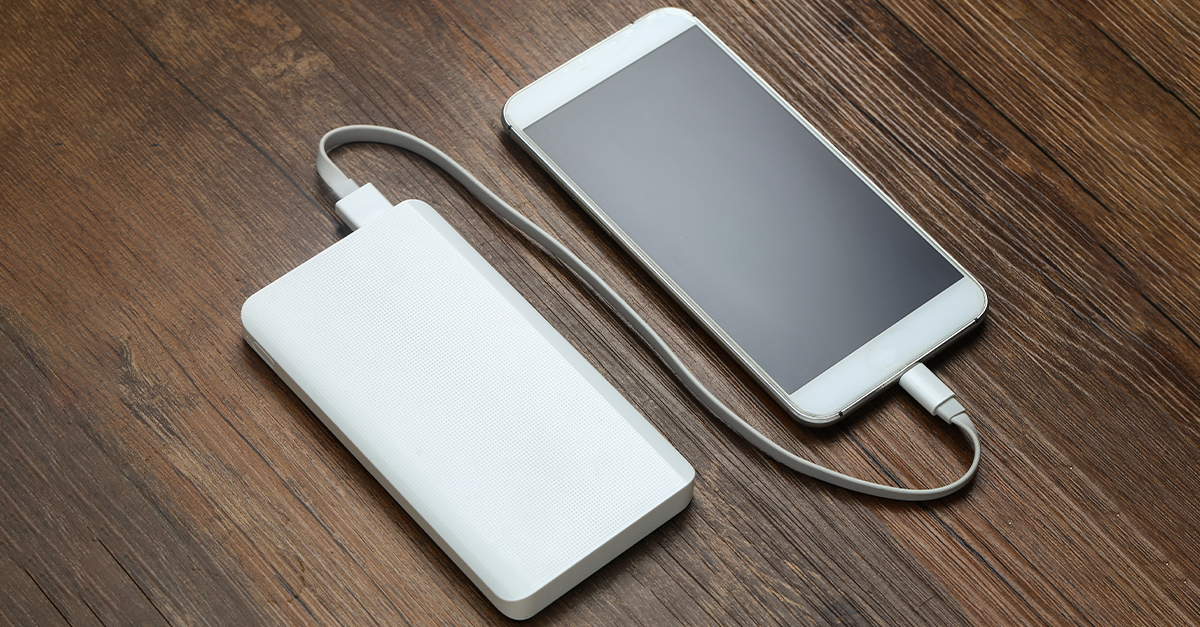Revisiting The Luxe World Of 70s Airplanes
The 1970s were a time of cultural transformation, and nowhere was this more apparent than in the skies. Airplanes of the 1970s mirrored the bold and vibrant spirit of the decade, and it's hard to imagine that such an experience existed.
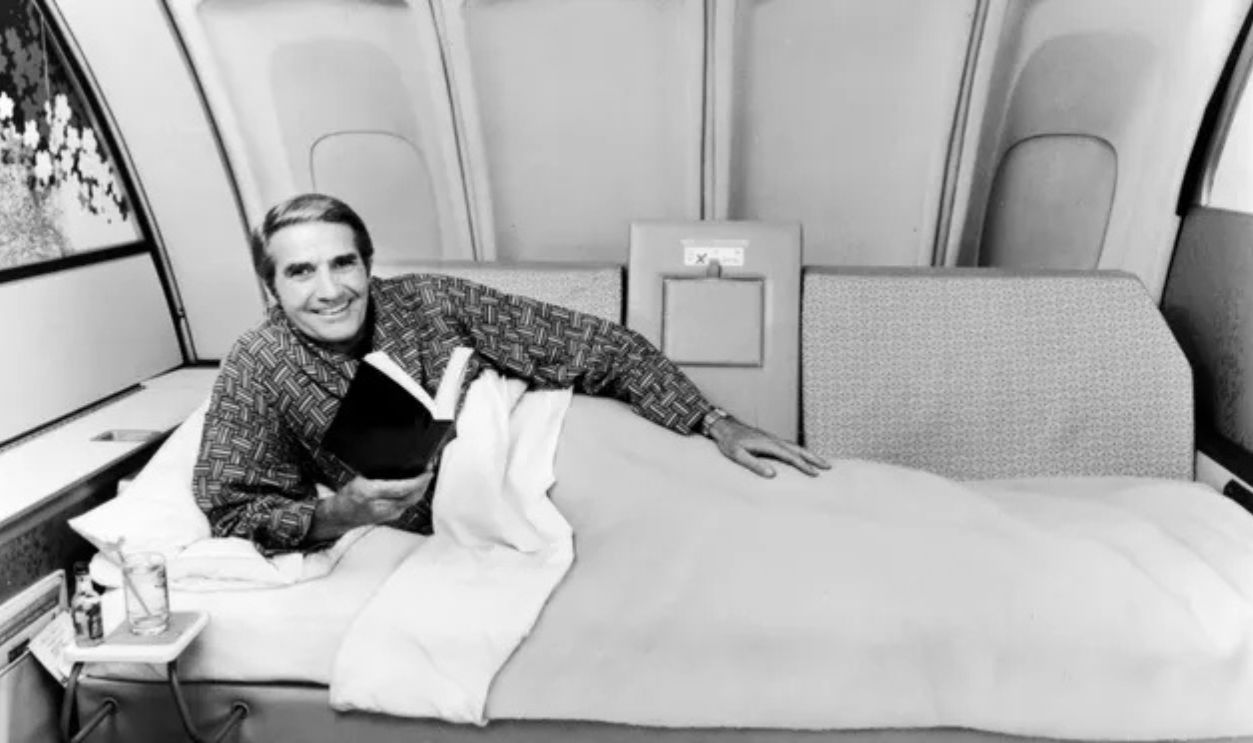
First-Class Seating Rivaled Luxury Lounges
In the 1970s, airplane cabins—particularly first-class sections—were designed with an emphasis on space and comfort. Unlike the standardized rows of today, first-class seating often resembled a plush, comfortable living room meant to keep passengers as comfortable as possible.
 BOEING 747-100 FIRST CLASS LOUNGE...! By AlexAlberto
BOEING 747-100 FIRST CLASS LOUNGE...! By AlexAlberto
It Offered Comfort Above The Clouds
Passengers on airlines like Pan Am Clipper Class or British Airways Concorde could enjoy dedicated lounge areas mid-flight, complete with sofas and cocktail tables, where socializing with fellow travelers was encouraged. These lounges were often styled in the bold patterns and colors iconic to the 70s.
 Boeing 747 Tiger Lounge by sennition
Boeing 747 Tiger Lounge by sennition
Gourmet In-Flight Dining
Airplane food in the 1970s was a far cry from the pre-packaged meals served today. Airlines prided themselves on offering multi-course meals prepared fresh, often by onboard chefs. First-class passengers dined on steak and lobster with fine wines.
 BOEING 747-100 FIRST CLASS LOUNGE...! By AlexAlberto
BOEING 747-100 FIRST CLASS LOUNGE...! By AlexAlberto
Meals Were Offered On Sliver Platters
Flight attendants, dressed in elegant uniforms, offered an astonishing service, complete with folded linen napkins, china plates, and silverware. Even economy-class meals were of higher quality than today's offerings, with generous portions and multiple choices.
 BOEING 747-100 FIRST CLASS LOUNGE...! By AlexAlberto
BOEING 747-100 FIRST CLASS LOUNGE...! By AlexAlberto
Wide-Body Jets Revolutionized Air Travel
The introduction of wide-body jets, particularly the Boeing 747, in the early 1970s, marked a turning point in air travel. These jumbo jets could carry significantly more passengers than previous aircraft to enable airlines to offer new levels of comfort and innovation.
 Piergiuliano Chesi, CC BY 3.0, Wikimedia Commons
Piergiuliano Chesi, CC BY 3.0, Wikimedia Commons
They Offered Unique Layouts
Several unique layouts were available, such as upstairs lounges for first-class passengers, complete with bars and seating areas. Beyond first-class, economy passengers benefited from wider seats and more legroom than modern planes, particularly during long-haul flights.
 Pan Am Experience: Fly Back to the 1970s with Pan Am | Localish by Localish
Pan Am Experience: Fly Back to the 1970s with Pan Am | Localish by Localish
Stylish And Personalized Service From Flight Attendants
Flight attendants in the 1970s wore amazingly, far from what we see today. Airlines competed fiercely on the basis of uniform design, often collaborating with top fashion designers to create outfits that were bold, chic, and reflective of the era's trends.
 747 Vintage Upper Deck by sennition
747 Vintage Upper Deck by sennition
They Offered Custom Services
Service was tailored to each passenger, with flight attendants addressing travelers by name and going above and beyond to ensure their comfort. The service was as much about creating a welcoming ambiance as it was about meeting needs.
 Stewardess Training Films, Unites Airlines (1965) by Hagley Museum and Library
Stewardess Training Films, Unites Airlines (1965) by Hagley Museum and Library
Signature Airline Branding
In the 1970s, airlines took branding seriously by creating a sense of loyalty and identity for their passengers. They developed distinctive aesthetics that passengers could instantly recognize, such as Pan Am's globe logo and Braniff Airways' Flying Colors campaign.
 RuthAS, CC BY 3.0, Wikimedia Commons
RuthAS, CC BY 3.0, Wikimedia Commons
They Provided Exclusive Amenities
The bold and colorful exteriors reflected the changing social norms of the 1970s. Onboard, passengers were treated to branded amenities that elevated the experience, with items like monogrammed blankets, porcelain coffee cups, and custom toiletry kits.
Traveling Offered An Incredible Social Atmosphere
Back in the day, travelers considered traveling a fun social occasion. Airports featured stylish lounges where passengers could mingle over drinks before boarding. Once on the plane, the communal lounges in wide-body jets encouraged passengers to leave their seats and interact.
 Boeing 747 Tiger Lounge by sennition
Boeing 747 Tiger Lounge by sennition
People Were More Relaxed
Airlines capitalized on this social aspect by hosting themed flights that attracted several people. Moreover, the novelty of flying made people more open to engaging with strangers. It was normal to leave the plane after making some friends.
 What Airline Made Flying Fun... In the 1970's ? Compilation by Vintage GenX
What Airline Made Flying Fun... In the 1970's ? Compilation by Vintage GenX
Smoking Was Allowed Onboard
In the 1970s, smoking was not only allowed on airplanes but also considered a normal part of the flying experience. Airlines often designated specific rows as designated sections, though the lack of advanced ventilation systems meant smoke drifted throughout the cabin.
It Was A Sign Of Sophistication
While today's passengers might balk at the idea, doing so onboard added to the perceived sophistication of air travel at the time. Flight attendants would distribute complimentary matches or branded cigarette packs to passengers. Lighting up a cigarette while enjoying a drink showed the era's laid-back luxury.
 Pan Am Training Video: The Smoker (circa mid-1980s) by Pan Am Museum Foundation
Pan Am Training Video: The Smoker (circa mid-1980s) by Pan Am Museum Foundation
Boarding Experiences Where Taking One's Time Was Normal
The boarding process in the 1970s was far more relaxed and personalized than the rushed, cattle-call style common today. Passengers were greeted warmly by flight attendants, and first-class travelers were often escorted to their seats or welcomed with a complimentary cocktail.
No Rush Was Needed
There was no rush to cram carry-on luggage into overhead bins, as most passengers checked their bags. Airlines frequently boarded passengers in small groups, which allowed for a more orderly and pleasant start to the journey. This attention to individual care added to the overall charm of flying.
 Classic Airliners 1940s-1970s AWESOME high quality footage that you've NEVER SEEN BEFORE! By JetFlix
Classic Airliners 1940s-1970s AWESOME high quality footage that you've NEVER SEEN BEFORE! By JetFlix
Themed Flights And Exclusive Events
Some airlines in the 1970s leaned into creativity with themed flights and special events that set them apart. For instance, Hawaiian Airlines hosted "lei flights", where passengers were greeted with floral leis upon boarding to make them feel special. Such themed flights were more common on leisure-focused airlines.
 Classic Airliners 1940s-1970s AWESOME high quality footage that you've NEVER SEEN BEFORE! By JetFlix
Classic Airliners 1940s-1970s AWESOME high quality footage that you've NEVER SEEN BEFORE! By JetFlix
Holiday Celebrations Made People Feel Special
Special holiday flights were also common, with airlines offering Christmas decorations, Thanksgiving meals, or Valentine's Day champagne. These experiences transformed air travel into a unique event and left passengers with lasting memories that made them feel special.
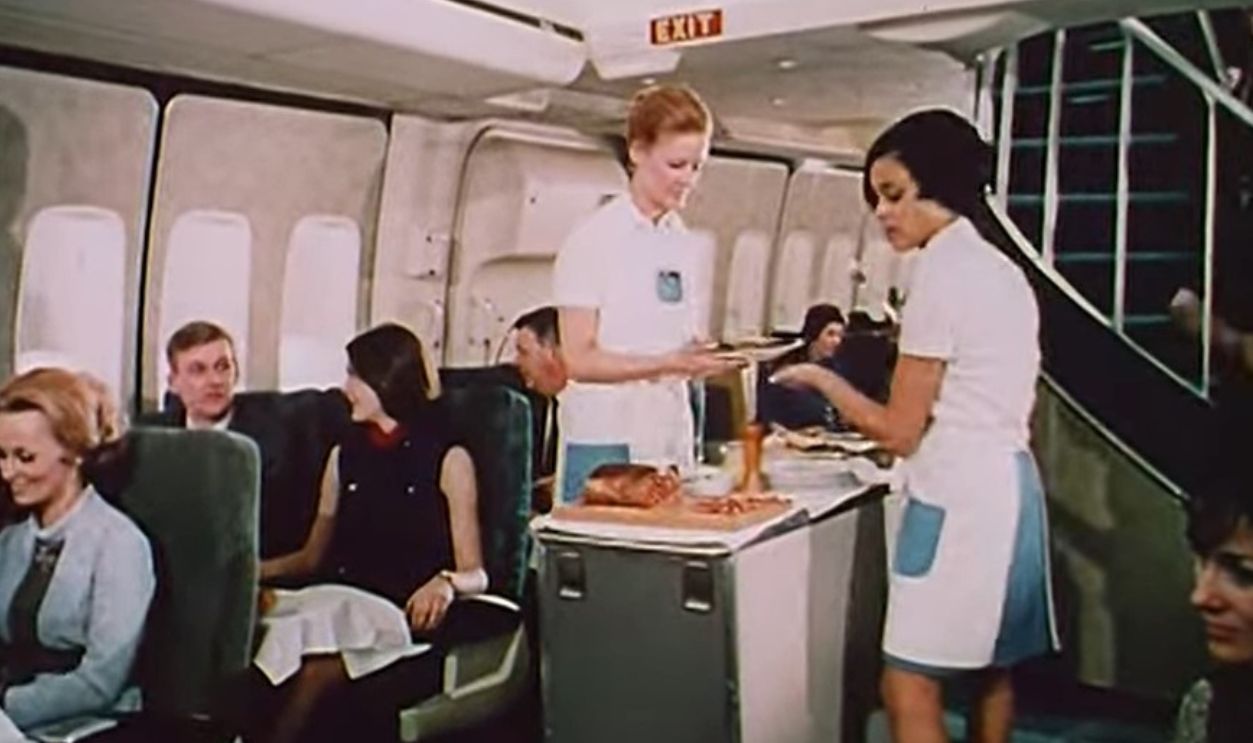 The New Jumbo Jet: Paving the Way of Future Air Travel (1970) | British Pathé by British Pathé
The New Jumbo Jet: Paving the Way of Future Air Travel (1970) | British Pathé by British Pathé
Fewer Security Restrictions
You didn't have to go through all the security measures back in the 1970s. As a matter of fact, security procedures were minimal and allowed passengers to breeze through check-in and walk directly to their gates without removing shoes or dealing with lengthy security lines.
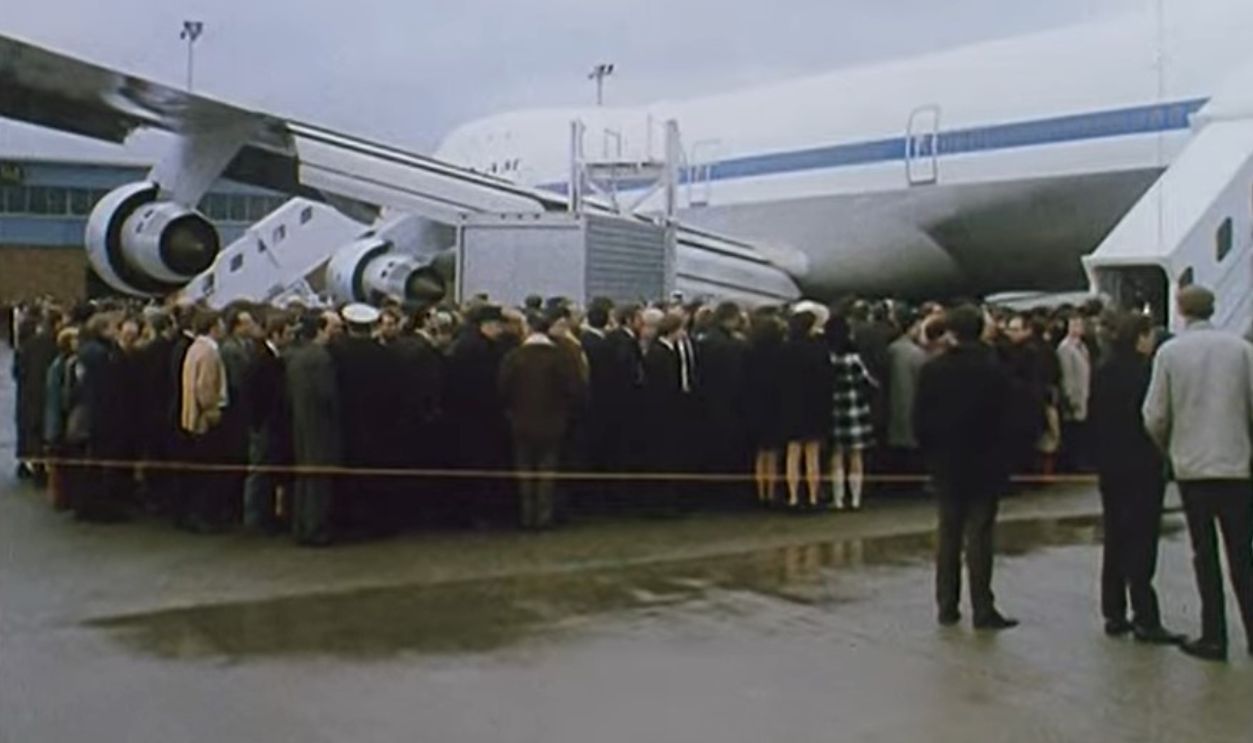 The New Jumbo Jet: Paving the Way of Future Air Travel (1970) | British Pathé by British Pathé
The New Jumbo Jet: Paving the Way of Future Air Travel (1970) | British Pathé by British Pathé
Rules Were Lenient
Friends and family could accompany travelers all the way to the gate to say goodbye or greet them upon arrival. This relaxed atmosphere extended to the flight itself, with minimal restrictions on carry-on items or liquids.
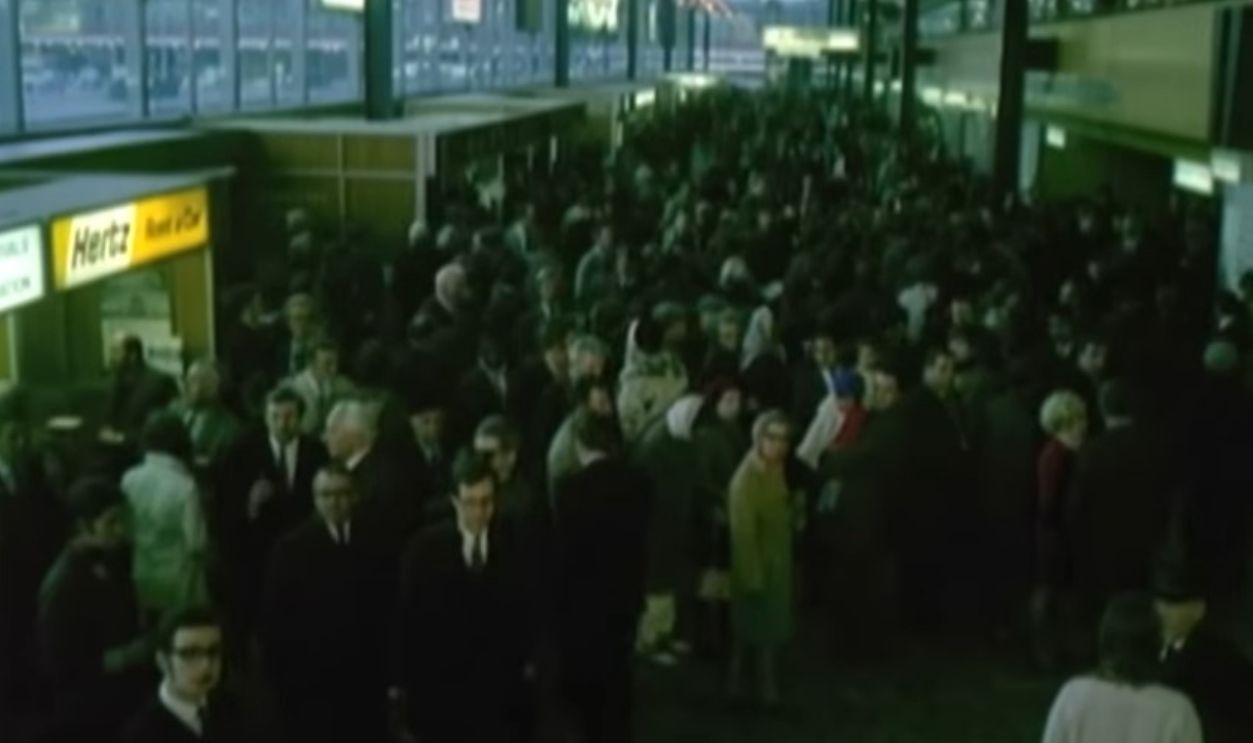 The Jumbo Era - 1970 | Movietone Moment | 22 Jan 16 by British Movietone
The Jumbo Era - 1970 | Movietone Moment | 22 Jan 16 by British Movietone
Stylish Passenger Fashion
Do you know how most people show up at the airport in sportswear? Things were different in the 1970s, as flying was an occasion to dress up for. Passengers arrived at airports in elegant attire to reflect the exclusivity associated with air travel.
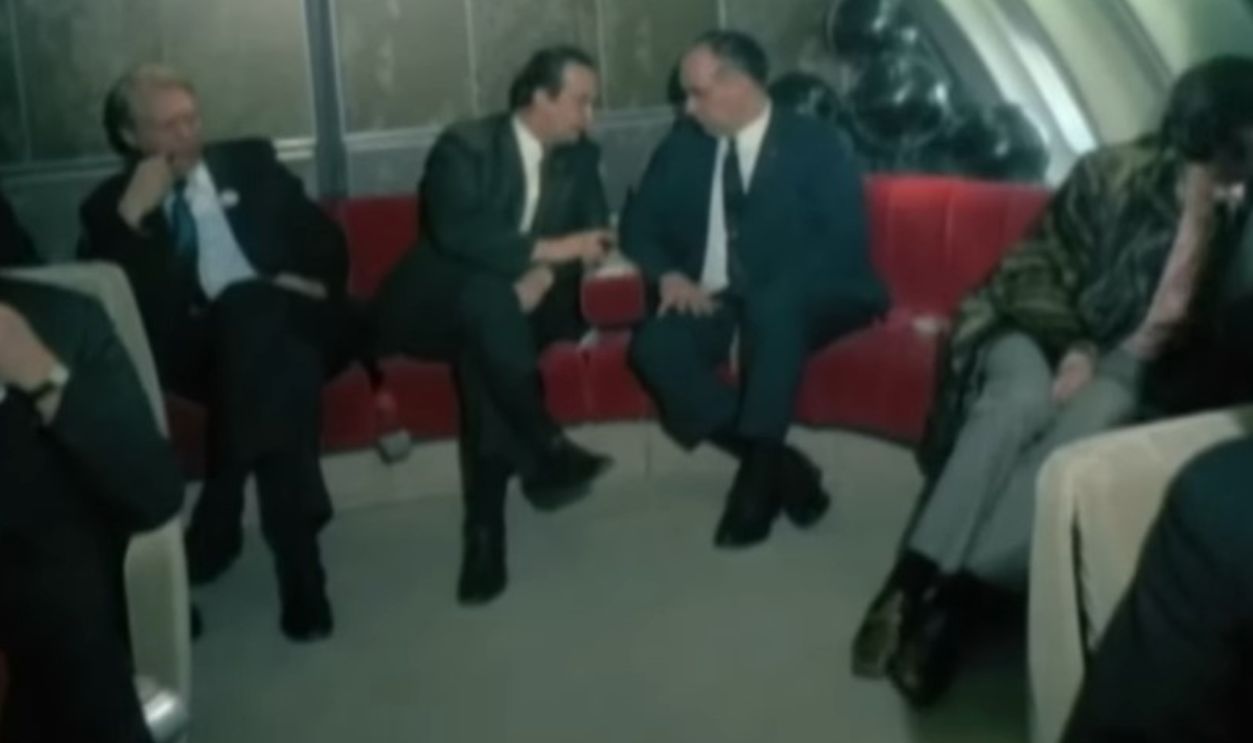 The Jumbo Era - 1970 | Movietone Moment | 22 Jan 16 by British Movietone
The Jumbo Era - 1970 | Movietone Moment | 22 Jan 16 by British Movietone
Elegance Came First
While most people prioritize comfort, 1970s passengers always wanted to look their best. Men often wore suits or dress shirts with ties, while women chose fashionable dresses, skirts, or tailored pantsuits. Even children were dressed in their best outfits.
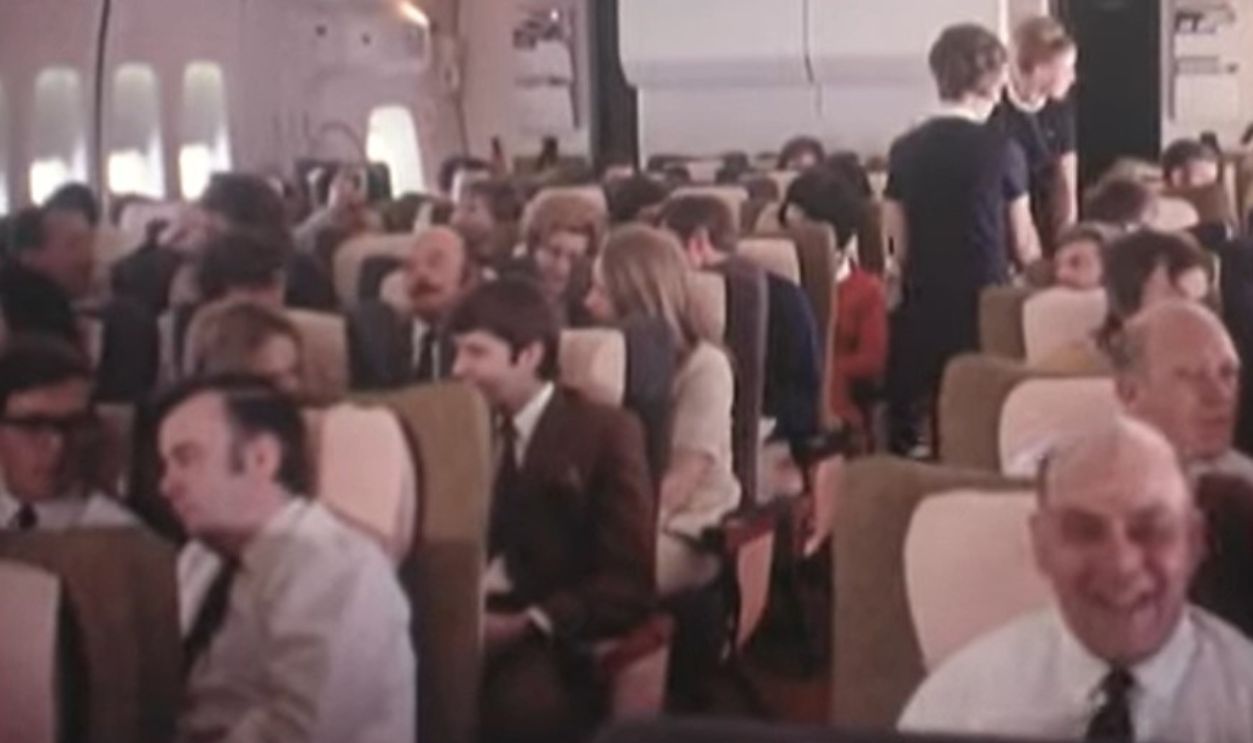 JUMBO JET - COLOUR by British Movietone
JUMBO JET - COLOUR by British Movietone
Handwritten Boarding Passes And Tickets
The boarding process had a personal touch that is hard to find today. Boarding passes were often handwritten, and check-in agents manually filled out passenger details. Paper tickets, usually stored in leather ticket wallets, were tangible keepsakes of the journey.
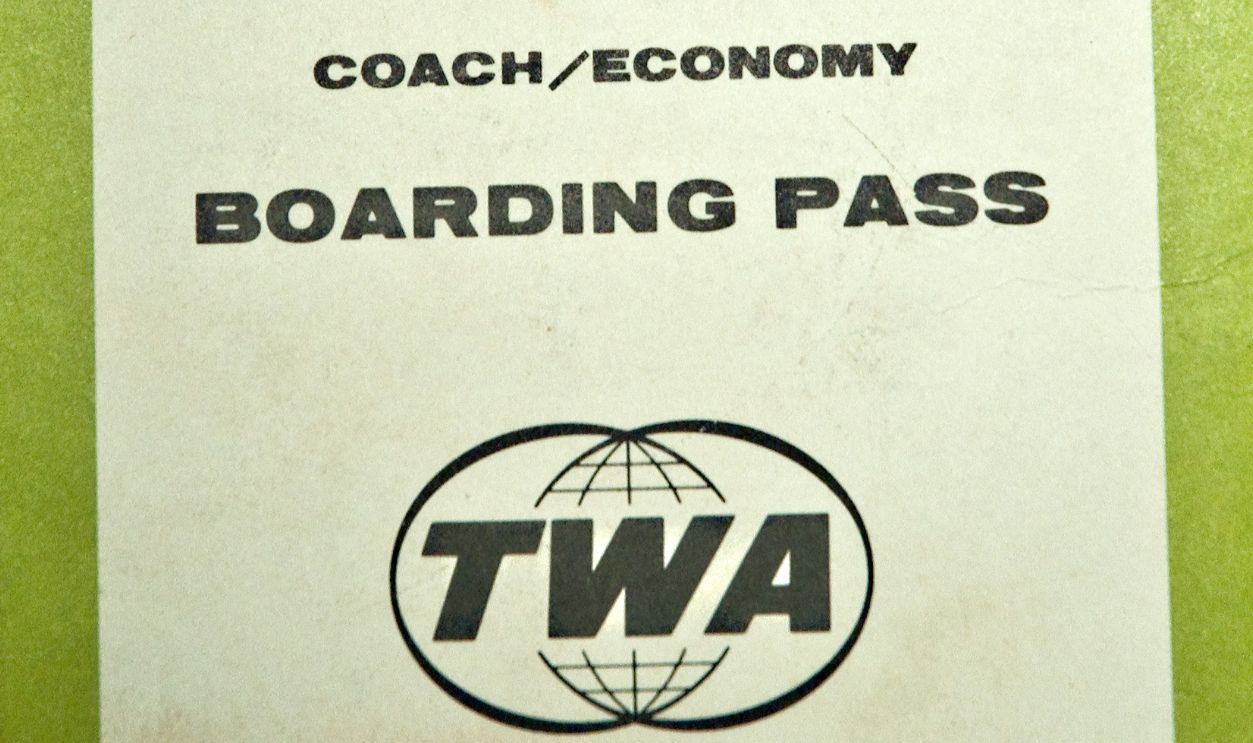 Phillip Capper, CC BY 2.0, Wikimedia Commons
Phillip Capper, CC BY 2.0, Wikimedia Commons
They Added To The Personal Touch
This manual approach made the process feel intimate and human. Airline staff were more involved with passengers and often assisted special travelers with specific needs. However, this approach was less efficient than modern digital systems.
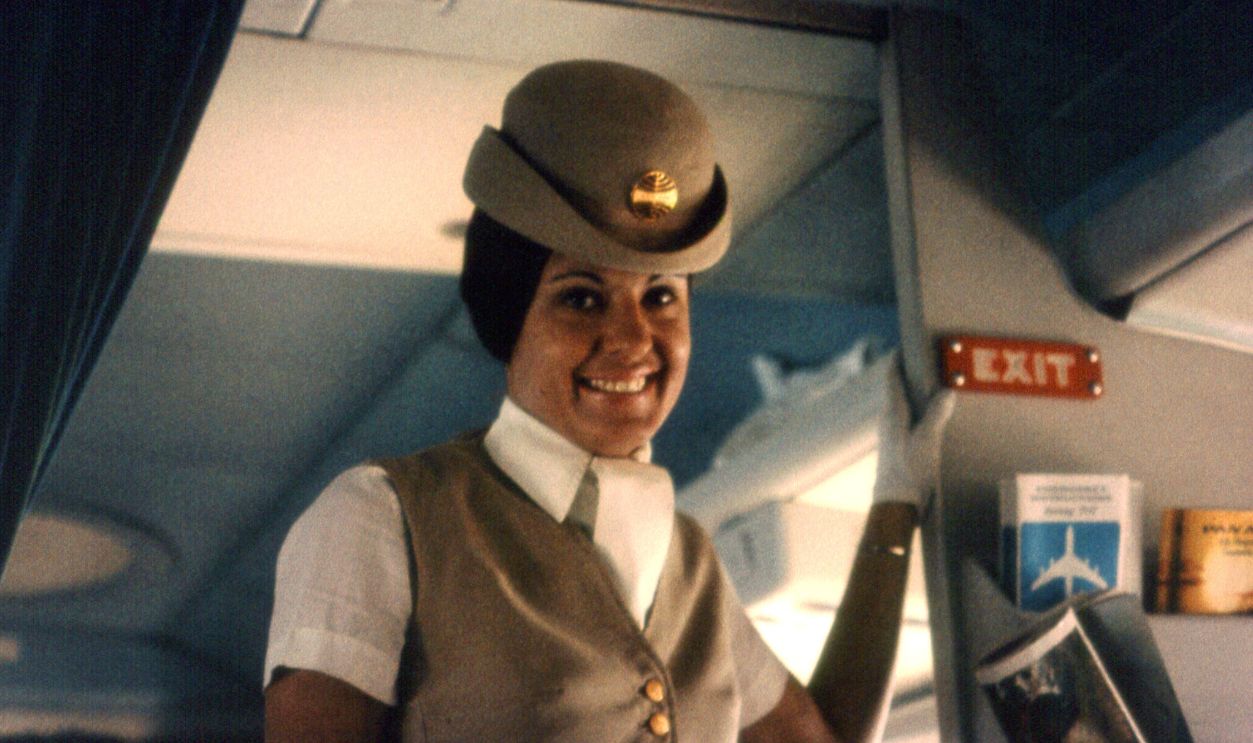 John Atherton, CC BY-SA 2.0, Wikimedia Commons
John Atherton, CC BY-SA 2.0, Wikimedia Commons
Live In-Flight Entertainment Was A Thing
The 1970s saw the advent of live in-flight entertainment, where musicians and performers occasionally entertained passengers during long-haul flights. Airlines like Braniff International Airways and others sought to create memorable experiences by hosting live music performances in first-class cabins or lounges.
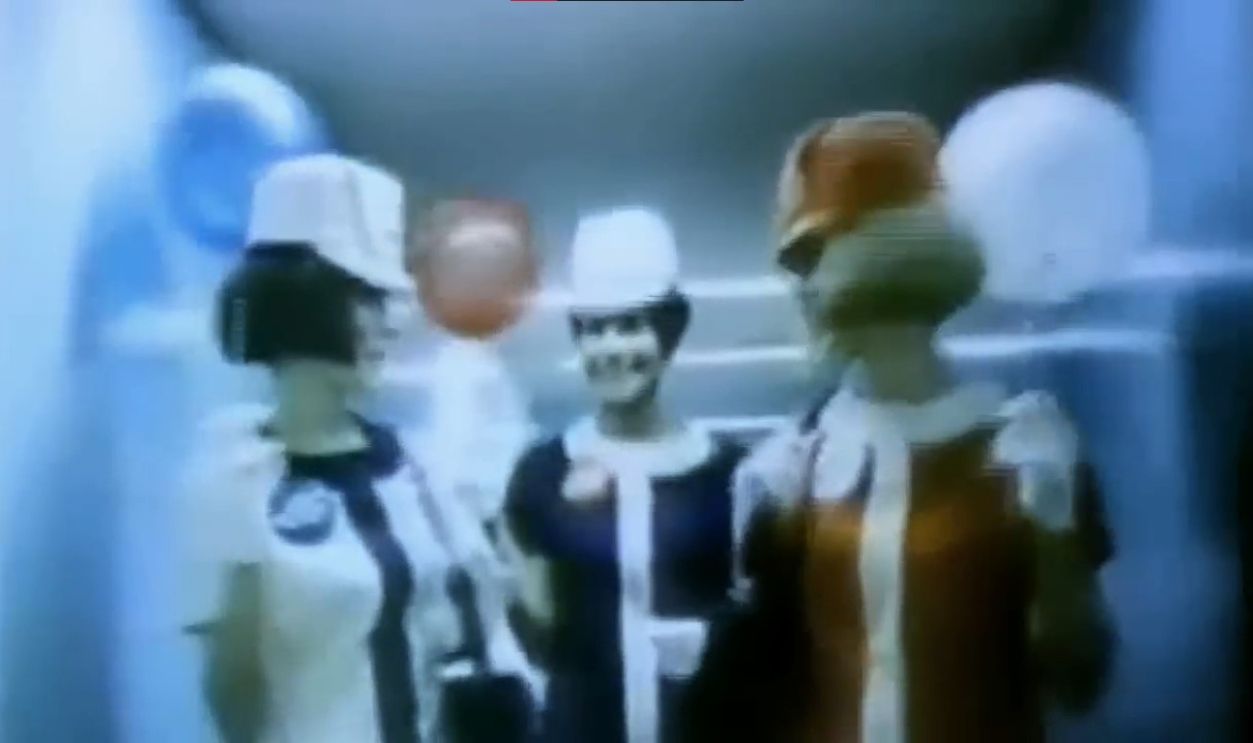 United Air Lines Commercial - 1968 by Classic Airliners & Vintage Pop Culture
United Air Lines Commercial - 1968 by Classic Airliners & Vintage Pop Culture

